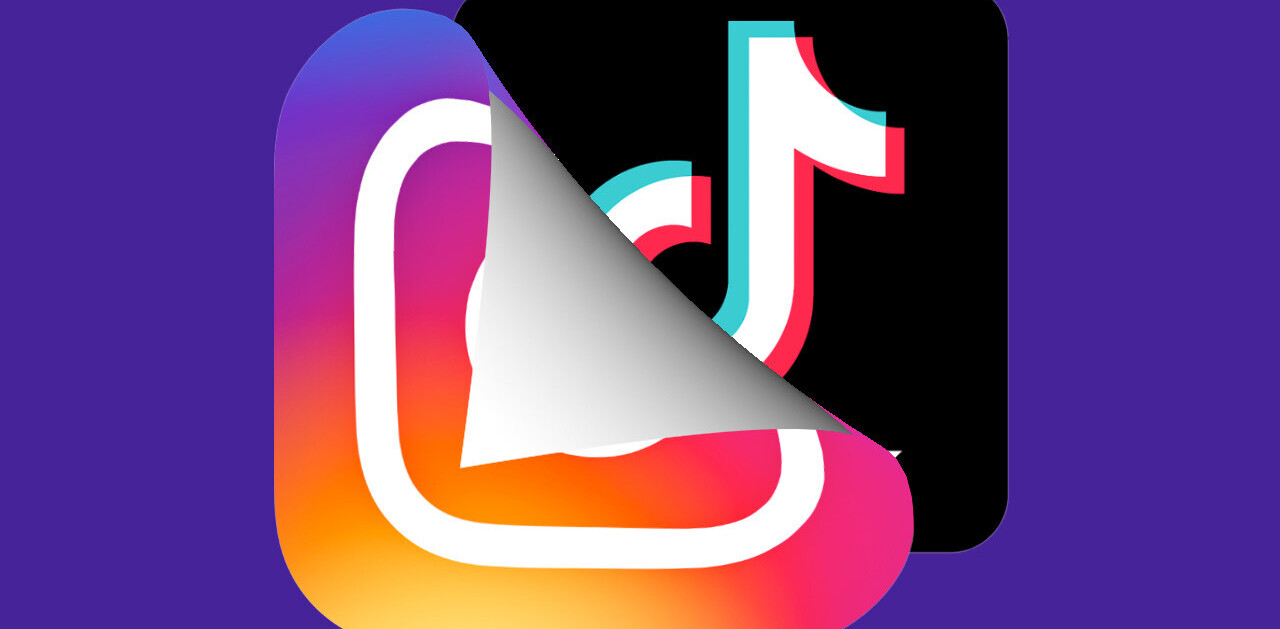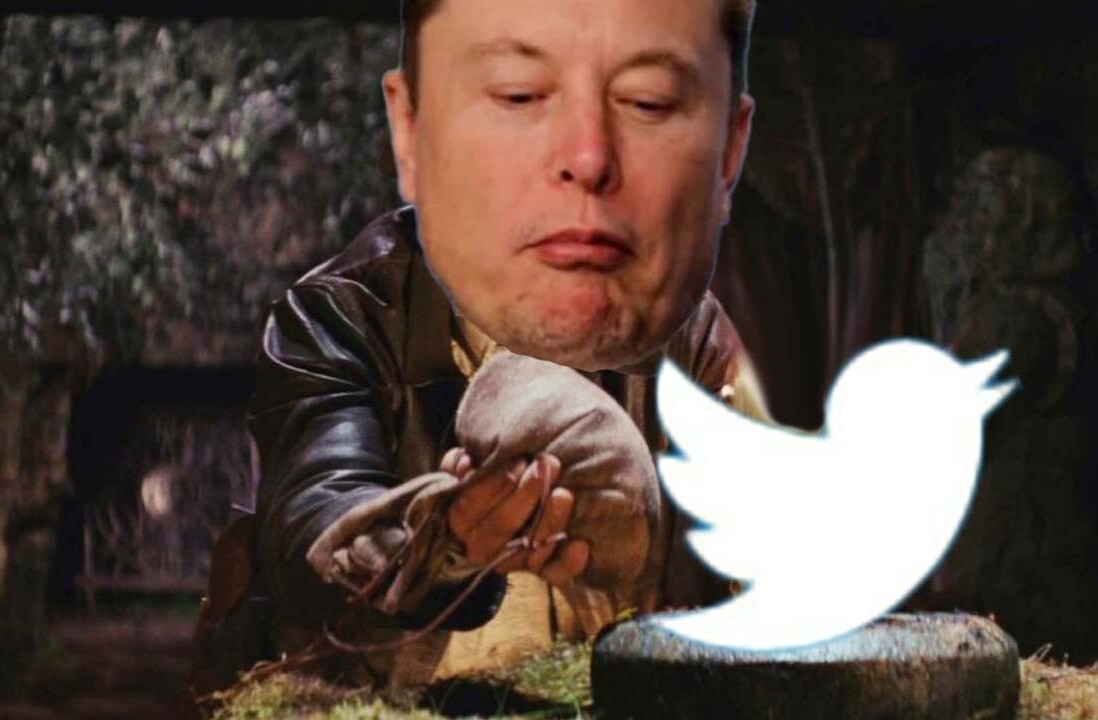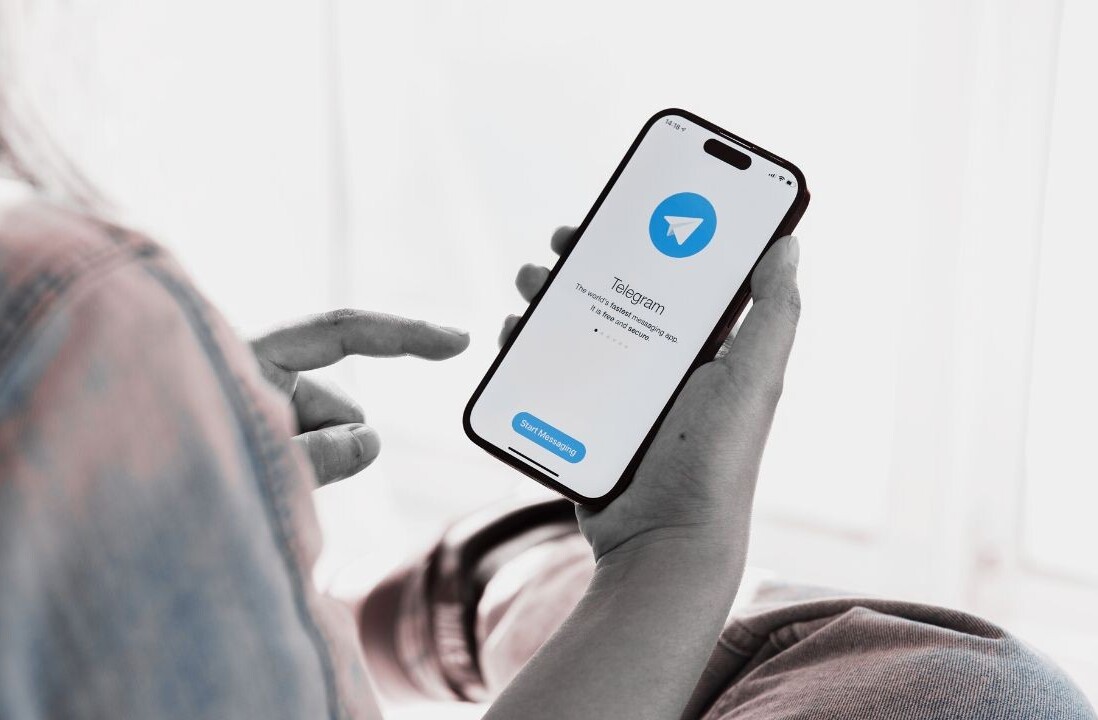
The question of whether or not social media drives ROI still plagues many marketers and brands. The issue is not always as straightforward as it seems, as there are multiple ways to measure the benefits of social media and it isn’t as simple as looking for a direct sales return at one end, with the social media imput at the other. Smart tracking and measuring is needed to fully capture the benefit of a social media campaign and while looking for direct ROI is one way to do it, there are other values to be measure from social media marketing. I’ve put together a list of case studies that prove the ROI of social media, both through direct monetary return, customer loyalty, repeat traffic and more. Viewing social media holistically to gain a better understanding of how it can work for you is more beneficial to any brand than looking for one single return. Remember that social media marketing is not the same as online advertising ; it’s not necessarily something that can be switched on and off to directly produce revenue.
Social media outperforms banner ads
An excellent way of ascertaining the value of social media is to look at how it performs compared to more established channels or advertising methods, such as banner ads. While you can’t compare this like-for-like on a purely cost basis, you can look at how both are actually performing for you in terms of the quality of traffic they drive to your site. In this case study from Ignite Social Media, they take one of their (unnamed) clients and compare a banner ad campaign firstly to a social competition, then a social game involving a sweepstake. In both cases the banner ad and social mechanic were driving traffic to the same website. In the case of the social contest, traffic driven to the site by the social game was 6.5x more effective in terms of cost per visitor than banner ads and drove 5.67x more visitors. More detailed findings can be accessed on the site. Importantly with this case study, the quality of traffic from the social media campaigns was found to be more effective than banner ads. So while it might seem like a good solution to buy in traffic via ads, it’s not necessarily going to provide long-lasting value for your brand.
Social media saved Cisco $100,000
 Providing an alternative way of viewing the ROI from social media, this case study from Cisco shows how social technologies saved them over $100,000 on a product launch. Instead of looking at their traditional method for launching a product, which would have been a costly activity, they looked to social media instead, to do things in a slightly different way. While normally their product launches would involve flying in high profile execs alongside methods such as costly newspaper ads, for their new router they ran a launch that took place entirely online. They even turned to Second Life, staging a pre-launch concert in there. And while their online launch saved them money, it also allowed them to reach a wider audience, further extending the value of the campaign. In total, the online launch cost a sixth of their traditional product launches and produced better results. A great example to show how social media can be used to change the way a business typically operates, driving ROI where you might not expect it.
Providing an alternative way of viewing the ROI from social media, this case study from Cisco shows how social technologies saved them over $100,000 on a product launch. Instead of looking at their traditional method for launching a product, which would have been a costly activity, they looked to social media instead, to do things in a slightly different way. While normally their product launches would involve flying in high profile execs alongside methods such as costly newspaper ads, for their new router they ran a launch that took place entirely online. They even turned to Second Life, staging a pre-launch concert in there. And while their online launch saved them money, it also allowed them to reach a wider audience, further extending the value of the campaign. In total, the online launch cost a sixth of their traditional product launches and produced better results. A great example to show how social media can be used to change the way a business typically operates, driving ROI where you might not expect it.
Old Spice put their money where their mouth is
 To really see the value of a social media campaign and how it can drive ROI, it’s worthwhile taking a look at one of the most famous and successful social media campaigns so far : Old Spice. Through their campaign, which included sending personalised video messages to social media fans and celebrities, they’ve managed to gather some pretty impressive stats that show the money where the buzz is. The reach of the Old Spice campaign is not in doubt, but did it actually impact sales? According to the marketing agency behind the campaign, it did. Since the original campaign launched with ‘Mustafa’, sales increased by 27% year on year. But in the 3 months after the height of the campaign, sales were up by 55%, reaching 107% in the final month of the social media campaign. And of course, Old Spice is now the number 1 body wash brand for men. However you choose to look at the campaign, these figures stand up to show that a social media campaign, well executed, can drive significant ROI for your business.
To really see the value of a social media campaign and how it can drive ROI, it’s worthwhile taking a look at one of the most famous and successful social media campaigns so far : Old Spice. Through their campaign, which included sending personalised video messages to social media fans and celebrities, they’ve managed to gather some pretty impressive stats that show the money where the buzz is. The reach of the Old Spice campaign is not in doubt, but did it actually impact sales? According to the marketing agency behind the campaign, it did. Since the original campaign launched with ‘Mustafa’, sales increased by 27% year on year. But in the 3 months after the height of the campaign, sales were up by 55%, reaching 107% in the final month of the social media campaign. And of course, Old Spice is now the number 1 body wash brand for men. However you choose to look at the campaign, these figures stand up to show that a social media campaign, well executed, can drive significant ROI for your business.
Restaurant chooses closed social network
To show that social media can also drive ROI for small businesses, this restaurant is showing that social technologies can be used in different ways to drive customers. Houlihan’s is a restaurant chain in the U.S. which has around 100 restaurants, compared to their main competitor Applebees, which has over 2,000. With a small marketing budget but a lot of common sense, their marketing manager managed to drive sales directly from a private social network, run via Ning. The network was called ‘HQ’ and was launched in early 2008. By combining their social media campaign with email marketing, they managed to quickly build up 10,000 members of the network, allowing them to send exclusive discounts and promotions to customers. In one campaign that they ran for a Sex and the City promotion, they tracked, the restaurant estimated that “7,000 to 13,000 people heard about our newest promotion BECAUSE of an HQ member”. This shows the strength in running your own social network and how sometimes a private network may be the way to go, to offer people exclusivity and also encourage word of mouth.
Social media keeps the creme Brulee Man travelling
 If you’re looking for a good example of social media ROI, then the Creme Brulee Man is a good place to look! The Creme Brulee Man is a food truck in the U.S. that keeps people up to date about its next location via Twitter. In this case, social media is actually keeping the business going, as it allows the owner to reach a new audience and alert people as to where he’s going to roll up next. This is a pretty good example of proving the value of social media, showing that it can actually support an entire business. In just over a year the truck’s Twitter account has gathered over 12,000 followers, which is an impressive number for such a small business with a relatively small geographic target.
If you’re looking for a good example of social media ROI, then the Creme Brulee Man is a good place to look! The Creme Brulee Man is a food truck in the U.S. that keeps people up to date about its next location via Twitter. In this case, social media is actually keeping the business going, as it allows the owner to reach a new audience and alert people as to where he’s going to roll up next. This is a pretty good example of proving the value of social media, showing that it can actually support an entire business. In just over a year the truck’s Twitter account has gathered over 12,000 followers, which is an impressive number for such a small business with a relatively small geographic target.
Social media customers are more valuable
As well as looking at the direct revenue driven from social media channels, smart companies will be looking at the longer term impact of social media activity and just how valuable these customers are after the initial sale or contact point. A case study from CareOne is useful here. They introduced a new social customer care team, to use social technologies to reach out to current and prospective consumers. What they found was that customers that had come through one of these social touchpoints, filled out the customer consultation form at a higher rate than other customers, at 179%. They also completed their first payment through the company, at a higher rate of 732%. What this shows is that using social technologies can help you to qualify leads, but also drive more engaged traffic. The outcome of a personal contact through social media is that the customer will ultimately trust you more and will also be more invested in the company by the time they come to complete the sale, leading to an increased likelihood they will convert.
ROI from Facebook ads
Proving that ROI from paid social media activity also performs well, this case study looks specifically at the value driven from Facebook Ads. Vamplets is a small business that makes baby vampire dolls and they introduced Facebook ads as a new channel for driving revenue. Despite a fairly small Facebook ad budget of $250 per month, they’re generating an additional $1,000 in revenue, directly tracked to the ads themselves. This gives them a positive ROI of 300% and shows how cost-effective Facebook ads can be, particularly when you’re going out to a more unique or targeted audience.
Subway Slim Down Challenge
 In another good example comparing social media to traditional forms of marketing, the Subway Slim Down Challenge has some impressive ROI figures. The case study released by Say It Social, shows how they used social technologies to raise awareness of the Slim Down Challenge and recruit speakers. The strategy included a social competition launched via the customised Facebook Page. This was part of a full marketing strategy for the campaign, but despite being active across a range of channels, they found that 71% of site traffic that went to the registration page, came directly from Facebook. This is an impressive case study in showing how social activity can stand up and outperform even established marketing channels such as TV and Newspaper ads, and marketing via websites within the network.
In another good example comparing social media to traditional forms of marketing, the Subway Slim Down Challenge has some impressive ROI figures. The case study released by Say It Social, shows how they used social technologies to raise awareness of the Slim Down Challenge and recruit speakers. The strategy included a social competition launched via the customised Facebook Page. This was part of a full marketing strategy for the campaign, but despite being active across a range of channels, they found that 71% of site traffic that went to the registration page, came directly from Facebook. This is an impressive case study in showing how social activity can stand up and outperform even established marketing channels such as TV and Newspaper ads, and marketing via websites within the network.
Reviews drive sales
it’s been widely discussed that opening up your products to reviews and even inviting negative reviews don’t necessarily impact negatively on your brand. By displaying both the good and the bad reviews you can help qualify out people that may not be suitable for your product but you also show that yours is a brand that can be trusted, as any issues people do have are clearly displayed, demystifying the purchasing process for brand new customers. An interesting case study from Cars.com shows that pages that had ratings and reviews introduced onto them had a 16% higher rate of conversion, and a 100% higher rate of traffic through to dealer’s sites. This shows the positive impact that social technologies can have when introduced onto your own site, to improve the purchase cycle.
Reducing customer service costs
Our final case study might be viewed somewhat negatively by some, as it looks at ROI from social media being directly driven by saving on staff costs. As more brands open up through social media however, they find the communities they nurture often begin to answer each other’s queries with regards to product questions etc.. In the case of InfusionSoft, they used social technologies to better inform their customers and keep them up to date. Whereas they previously would have had one customer service agent to 72 customers, through social media they were able to reduce this to 1 agent per 172 customers. Along with this the satisfaction rating also increased by 10%, which would no doubt lead to more repeat business for the company and more customer referrals. Though this might be a slightly alternative way of viewing ROI, it shows that social technologies can make real business savings, allowing money to be invested elsewhere, or in developing these technologies themselves.
Get the TNW newsletter
Get the most important tech news in your inbox each week.






